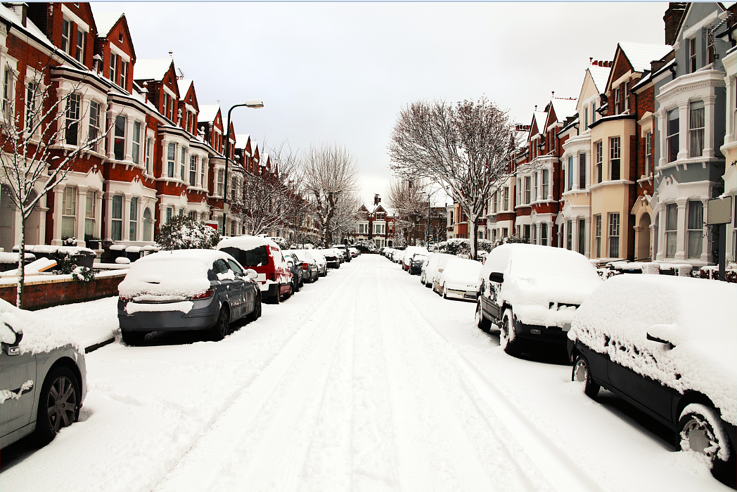
If you live in a northern climate, you’re no stranger to blizzards. Massive amounts of snow blanket your home, grind businesses to a halt, and keep kids indoors. Are the winters getting worse every year? It may seem like it. How many of these huge storms do you remember hearing about--and did you live through any yourself?
Mount Shasta, California, 1959. Until the 1990s, the storm that hit Mount Shasta February 13-19 held the record for producing the most snow in a single storm in North America—189 inches (4.8 m). The peculiarities of this anomalous storm have been studied by historians and weather experts alike.
Chicago, Illinois, January 1967. The largest snowstorm in the city’s history occurred long before we could text each other the conditions. At a rate of two inches (5 cm) an hour, the snow fell faster than it could be cleared, stranding buses on streets and highways.
Blizzard of 1977. Buffalo, New York hosted one of the meanest snowstorms of the twentieth century on January 28, featuring frigid temperatures with a wind-chill effect of 60 degrees below zero (-51 °C). A state of emergency was declared and the Army Corps of Engineers were called in to clear the city streets.
Cleveland, Ohio, January 1978. Sneaking through after a warm night, this storm surprised the city as temperatures dropped in the early morning hours and residents woke to massive winds. A gust of 102 miles per hour (164 km/h) was reported over Lake Erie.
Halloween Blizzard, 1991. It’s rare that even Minnesota sees snow this early in the year, but the Halloween blizzard began just as kids were heading out to trick or treat, and it didn’t stop until three days later. This storm boasts the largest amount of snow fallen at once in the Twin Cities—a whopping 28.4 inches (72.1 cm).
Storm of the Century, March 1993. Focused on the eastern states, this massive blizzard stretched from Canada to Cuba. The storm was noteworthy because of its size as well as the fact that southern states incurred unusual amounts of snowfall, including 12 inches (30.4 cm) in Birmingham, Alabama and four inches (10 cm) in the Florida Panhandle.
New York City, February 2006. 26.9 inches (68.3 cm) of snow fell in Central Park during this blizzard, the highest amount since record-keeping began back in 1869. True to form, New York stayed tough by keeping theaters and many businesses open and the power running.
Snowmageddon, February 2010. The corridors of power in Washington, D.C. kept humming throughout the massive Snowmageddon storm, which dumped twenty inches (51 cm) of snow in the nation’s capital. President Obama traded in his limousine for an armored truck to get through the treacherous conditions.
Boston, Massachusetts, 2014-2015. This season broke all records for snow, amassing a huge 110.3 inches (280 cm) for the winter. Interestingly, each of the six storms that pelted the area in this season occurred at the beginning of the workweek.
Winter Storm Juno, January 2015. Pummeling several locations in the Northeast and particularly pounding Long Island, Connecticut, Maine, Massachusetts, and New Hampshire, this storm also featured the curious phenomenon of thundersnow in coastal areas.
Are you prepared for the next winter season? Even if your region doesn’t fall victim to one of these huge blizzards, you can count on heavy snowfall at some point in your area, probably for several days at a time.


